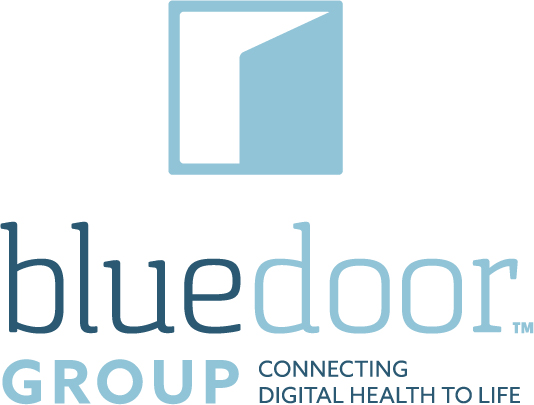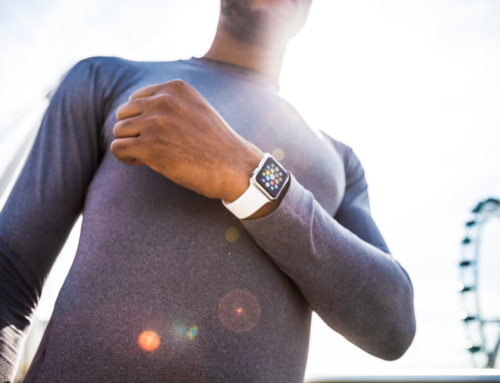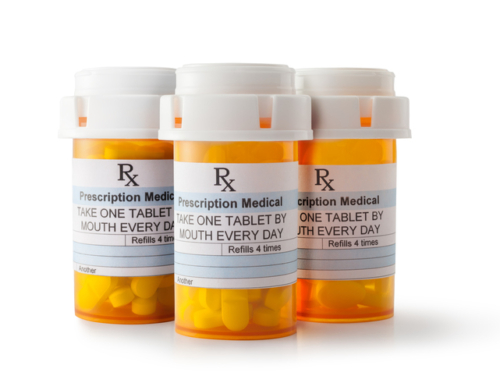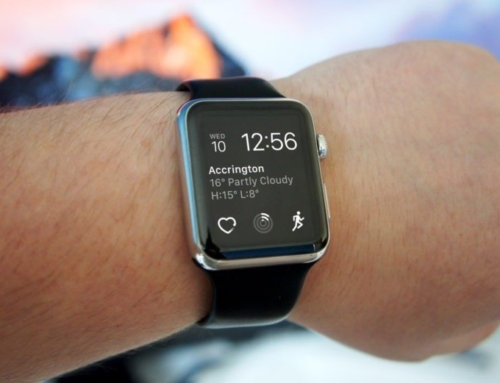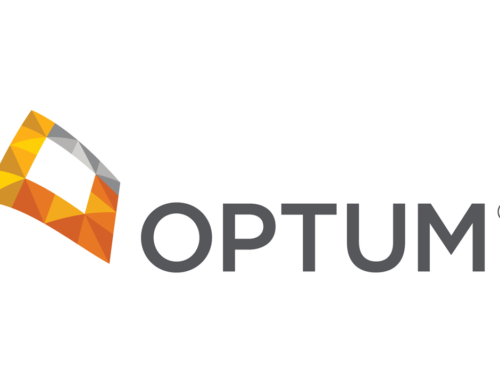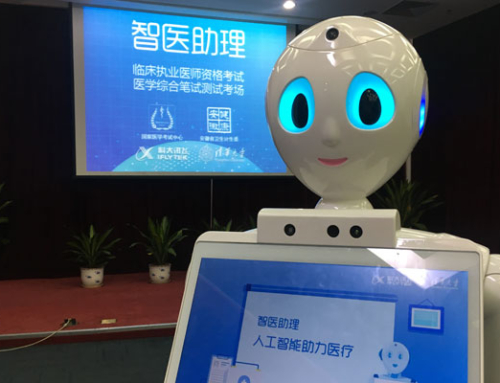By
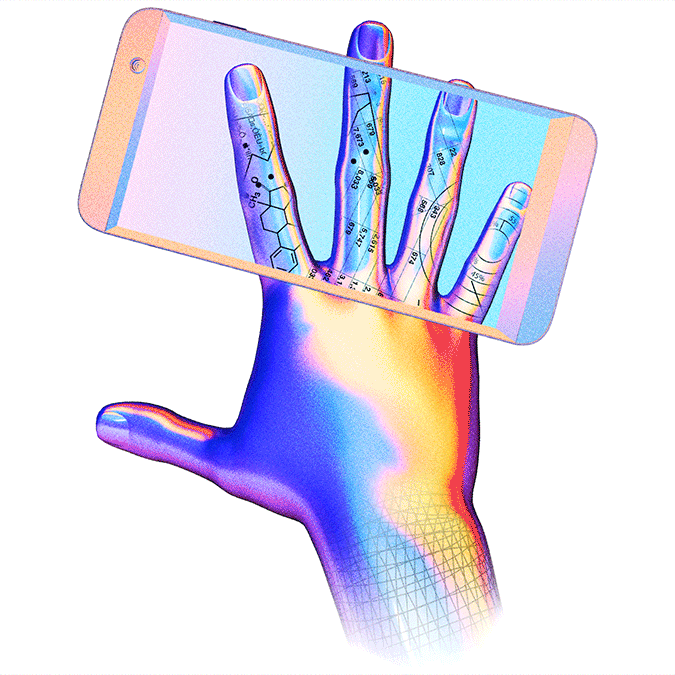
Credit Illustration by Sally ThurerPhoto by: Illustration Sally Thurer
In the late 1960s, an undergraduate psychology student at Wellesley College named Martha McClintock noticed something interesting: Women who spent a majority of their time together tended to get their periods around the same time. She suspected that menstruating bodies could influence one another somehow, but it was just a hunch. So she asked 135 of her fellow students to keep track of their cycles. Three times that year, she quizzed them about their period start and which women they socialized with the most.
Initially, it seemed McClintock was right: Close-knit groups of friends tended to start their periods together. The phenomenon of menstrual synchrony was nicknamed the “McClintock effect,” and her work was lauded as one of the first mainstream studies to demonstrate how one person’s body chemistry can trigger responses in another’s. But McClintock’s results have been difficult to replicate; now, the scientific consensus is that cycles probably don’t sync up — a claim that rings untrue to anyone who menstruates. My friends and I joke that we even seem to sync up digitally, thanks to constant contact via iMessage, Snapchat and Twitter.
The unresolved nature of McClintock’s investigation, now almost 50 years old, underscores the unnerving amount of opacity that still surrounds women’s health. Even today, it’s difficult for women to get a sense of what’s normal and what isn’t. When my friends and I talk about our bodies, we compare feedback from physicians, all of which seems to be slightly different; we warn one another about conditions like uterine fibroids and share horror stories about different methods of contraception. There still seems to be a combination of prudishness and ignorance around the unique, and sometimes idiosyncratic, functions of the female body — which is shocking, considering half the world is born with one.
But in recent years, mobile technology has granted me and countless others the ability to collect an unprecedented amount of information about our habits and well-being. Our phones don’t just keep us in touch with the world; they’re also diaries, confessional booths, repositories for our deepest secrets. Which is why researchers are leaping at the chance to work with the oceans of data we are generating, hoping that within them might be the answers to questions medicine has overlooked or ignored.
In March, I sat in a conference room with Jasmine McDonald, an assistant professor at the Mailman School of Public Health at Columbia University, and Lauren Houghton, an associate research scientist at the same school. The scientists, who are in their 30s, have been studying puberty patterns in adolescent girls, particularly how various aspects of a girl’s menstrual cycle correlate with the development of certain diseases later in life. Because McDonald and Houghton often work with girls in their teens or younger, they’ve struggled over the years with data-collection methods. They had, until recently, used paper questionnaires and calendars. But they found that their teenage subjects had hazy recollections of dates.

McDonald and Houghton asked a high-school intern they worked with how she kept track of her period. She said that she used apps, and she eventually led them to one named Clue. First they were stunned, and then delighted. Of course: Asking young people to use a paper calendar was like assigning homework. Invariably, it would be completed at the last minute, sloppily. It made much more sense to use an app, especially one already available.
The researchers found the data collected via Clue to be more detailed — and more accurate. “The data is as close to real time as we can get,” McDonald said. They hope their young participants will be more comfortable telling a faceless app about personal health matters — a slump of depression, gross blood clots, irritated bowels — than telling a doctor. And it’s not just teenagers; most of us are willing to be much more honest with our phones than with professionals, or even with our spouses and partners. We look up weird symptoms and humiliating questions on Google with the same ease that we search for the name of a vaguely familiar character actor. For many of us, our smartphones have become extensions of our brains — we outsource essential cognitive functions, like memory, to them, which means they soak up much more information than we realize. When we hand over this information willingly, the effect is even greater.
Both scientists say that the app has opened up endless possibilities for their research, because it offers a way to rethink — and potentially overhaul — how women’s health is studied. “We think we know about menarche, because we’ve been looking at it for decades,” Houghton said. “But there’s still so much to study.” Clue can collect more than just period start dates. It can also gather data on things like bleeding and pain patterns, energy levels and sexual activity, allowing researchers to put old wives’ tales to the test of scientific rigor.
Women’s health isn’t the only area where app-enabled data collection is creating new avenues for research. Grindr, a dating app for gay men, routinely conducts surveys among its users about various health-related issues, like pre-exposure prophylactic drugs (PrEP) that prevent the transmission of H.I.V. In December, Grindr partnered with the San Francisco AIDS Foundation to collect information from willing users about PrEP. The study came across some fascinating, if troubling, findings. Many users were interested in the drug but did not have access to L.G.B.T.-friendly doctors or counselors; many who asked their doctors about it experienced pushback; others simply found the drugs too expensive.
Ida Tin, a founder of Clue, hopes that the app will eventually be able to do its own studies, publish findings and loop them back into the app. For example, Clue could recommend users who report high menstrual irregularity to talk to their physicians about polycystic-ovary syndrome, a common (but often hard to detect) disorder that can contribute to obesity, diabetes, high blood pressure and heart disease.
It wasn’t until a friend introduced me to period-tracking apps in my 20s that my body became something I understood intimately, that it was more familiar than foreign. Initially, I was skeptical, but the apps were password-protected, which made me feel comfortable being honest about what I was actually feeling and with whom I was actually sleeping. After a few months, the apps weren’t just a repository of daily facts; they had become a legible map to my body. My period no longer caught me off guard, and I eventually learned to connect the arc of my cycle to changes in mood, appetite, fatigue and sex life, and adjust my routines accordingly. By now, I have years of data about my periods and an extremely accurate understanding of how my body works: when I’m likely to experience cramps and breast pain, when to skip yoga and social outings because I’ll need more sleep. All my life, my doctors tended to be vague, making my bodily functions seem ultramysterious, when in fact they are just individualized, and easily understood with the assistance of software.
By divulging every last detail to these apps, we make them incredibly valuable — but also potentially ruinous, if our most sensitive records were to fall into the wrong hands. Clue repeatedly talked up its airtight security, and I currently believe the company about that, just as I once believed eBay’s, Snapchat’s and Evernote’s claims that their services were safe. And yet each was hacked, eventually. These days, breaches are inevitable, which presents an impossible dilemma. The only conclusion I’ve come to is that we have to evaluate each new relationship to hardware and software individually and assess the trade-offs. Clue has this on the “pro” side of the ledger: McDonald, Houghton and Tin all believe Clue will settle the debate over McClintock’s research.
